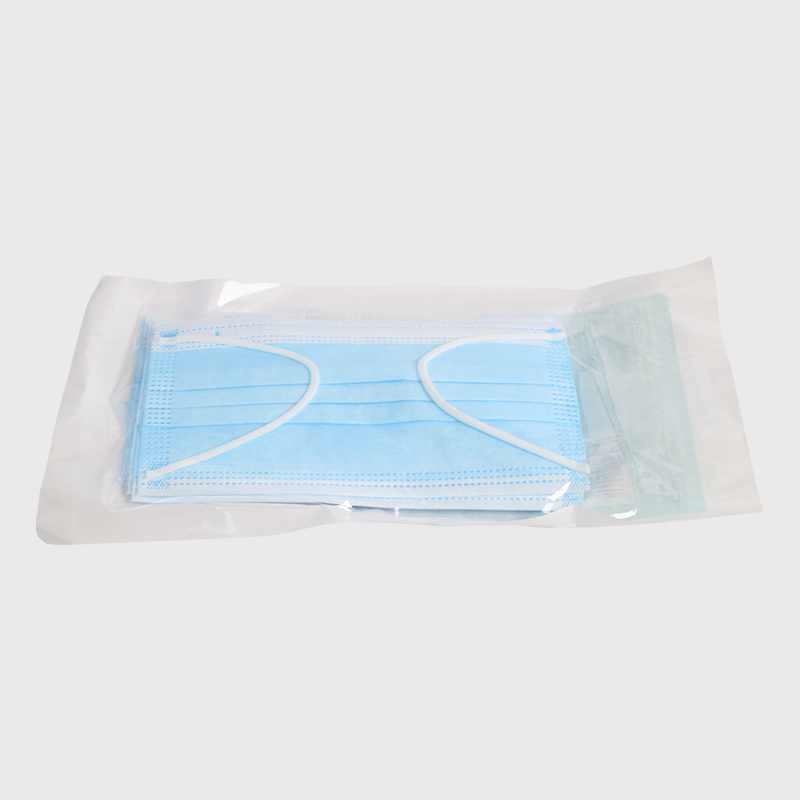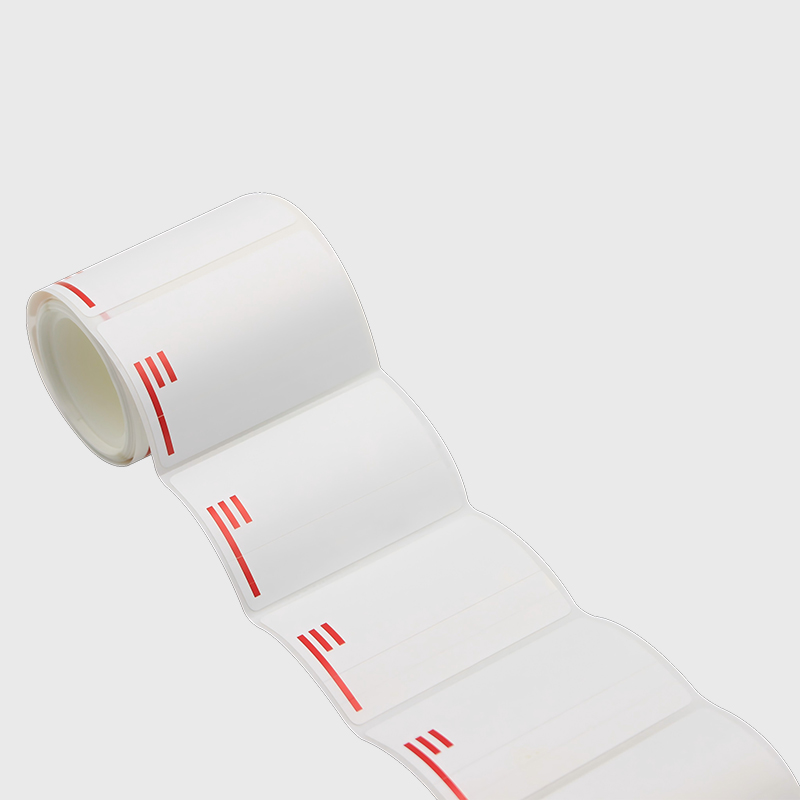What is a Vacuum Boiling Washer?
A Vacuum Boiling Washer is an automated device that utilizes the physical principles of vacuum, boiling, and pressure pulsation to efficiently and thoroughly clean instruments, especially those within complex lumens. It goes beyond traditional immersion and scrubbing, enabling automated cleaning of hard-to-reach areas.
1. Working Steps of a Vacuum Boiling Washer
Step 1: Heating and Vacuuming (Creating Boiling Conditions)
Heating the Washing Water: The device heats a water solution containing detergent to a specific temperature (e.g., 60-80°C, not necessarily 100°C).
Evacuating the Washing Chamber: Simultaneously, a powerful vacuum pump begins to evacuate the sealed cleaning chamber, rapidly reducing the internal pressure.
Physical Effect: The boiling point of a liquid decreases with decreasing air pressure. In a low-pressure environment, hot water, initially below 100°C, will boil violently, producing large amounts of water vapor. This process effectively softens and loosens contaminants such as dried blood, protein, and mucus adhering to instrument surfaces and the inner walls of lumens.
Step 2: Injection of Sterile Air and Sudden Pressure Increase (Producing an "Explosion" and Flow Reversal)
Injection of Sterile-Filtered Air from the Top of the Chamber: After a period of vacuum boiling, the device instantly injects clean, sterile air into the chamber through the HEPA filter at the top.
Physical Effects:
Intracavity Pressure Increase: The pressure inside the chamber rapidly changes from negative to positive.
Rapid Liquefaction of Water Vapor: The increased pressure raises the boiling point, causing the water vapor inside the chamber to instantly condense into water, dramatically reducing its volume (approximately 1,700 times), creating a localized "vacuum zone."
Inward Flow of Water: This sudden volume contraction creates a powerful suction force, driving the cleaning fluid inside the chamber from the outside of the instrument into the interior of each lumen, flushing away the softened contaminants.
Step 3: Repeated Flow Flush
The above process is repeated multiple times.
Each cycle is equivalent to a powerful "breathing" or "pulsating" flushing of the lumen. The liquid repeatedly flows in and out of the lumen, forming turbulence, thereby achieving thorough cleaning of the complex internal structure without dead corners.
2. Advantages and Applications
A vacuum boiling washer provides excellent cleaning performance for the interior of tubing: This is its greatest advantage. Traditional brushing cannot guarantee the cleanliness of narrow, curved tubing, but the pulsating vacuum principle forces the cleaning fluid to reach every corner.
Efficiently Disintegrates Biofilms: The vacuum boiling process effectively penetrates and loosens biofilms formed by microorganisms, which are the root cause of many infection risks.
Automation and Standardization: The entire process is program-controlled, eliminating the instability of manual cleaning and ensuring reproducible cleaning quality.
Reduced Risk of Cross-Contamination: The use of sterile filtered air and a closed system prevents secondary contamination during the cleaning process.
Improved Efficiency and Safety: The manual cleaning of high-risk instruments by medical personnel reduces the workload and exposure to contaminants.



 English
English Español
Español Français
Français












 CONTACT US
CONTACT US